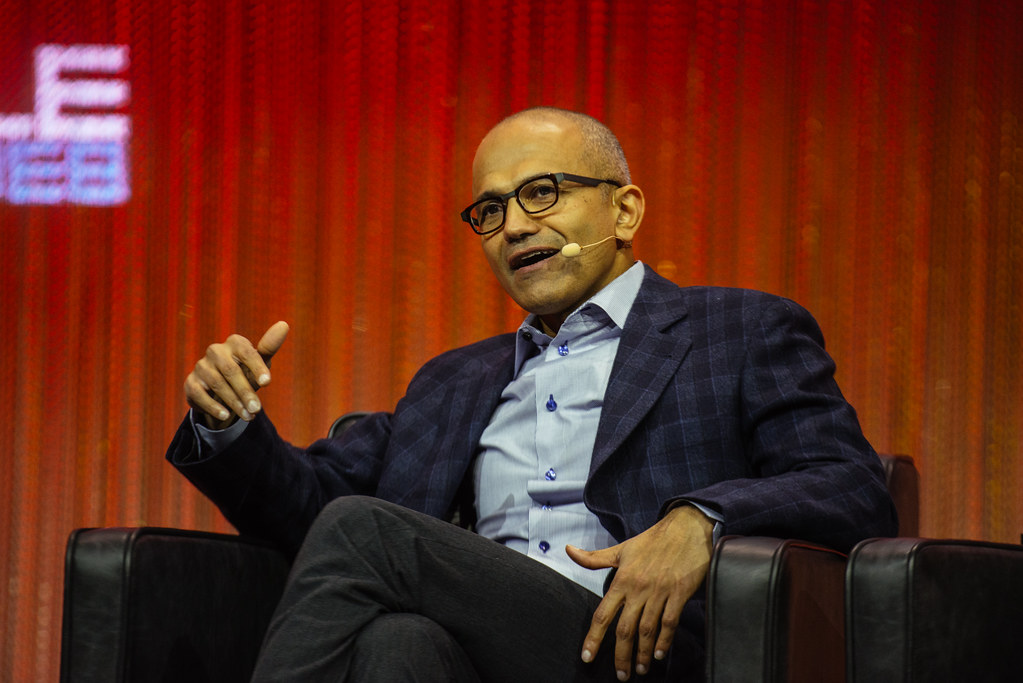
Microsoft has laid off over 15,000 employees so far in 2025, a move that has weighed heavily on CEO Satya Nadella. In a memo to staff on Thursday, Nadella addressed the layoffs directly, acknowledging the difficulty of the situation and the uncertainty many employees feel.
“This is the enigma of success in an industry that has no franchise value,” Nadella wrote. “Progress isn’t linear. It’s dynamic, sometimes dissonant, and always demanding. But it’s also a new opportunity for us to shape, lead through, and have greater impact than ever before.”
Despite the reductions, Nadella noted that the overall headcount remains roughly flat since June 2024, when Microsoft had about 228,000 employees.
Impact on Microsoft’s Stock and Industry Trends
Following the announcement of about 9,000 layoffs, Microsoft’s stock price rose past $500 on July 9, reflecting investor confidence in the company’s future despite the workforce cuts.
Microsoft’s layoffs are part of a broader trend in the tech sector, where over 80,000 jobs have been cut in 2025. Recruit Holdings, for example, recently announced a 1,300-person reduction in its HR technology division, citing the impact of artificial intelligence.
The layoffs have left some Microsoft employees disheartened. One employee expressed on LinkedIn how the cuts contradicted the company’s stated values, harming their loyalty despite a long-term positive experience at the firm.
Microsoft’s Position in the AI Era
Microsoft remains the world’s most valuable public company after Nvidia, fueled by the rising demand for AI technologies. Its flagship products—Windows, Office, and Azure cloud services—continue to dominate, especially as OpenAI and other firms rely on Nvidia GPUs to power AI models.
In his memo, Nadella emphasized a shift in Microsoft’s mission to align with AI’s rise:
“We must reimagine our mission for a new era. What does empowerment look like in the era of AI? It’s not just about building tools for specific roles or tasks. It’s about building tools that empower everyone to create their own tools.”
This transition aims to move Microsoft from a traditional software factory to an “intelligence engine” that enables individuals and organizations to innovate and achieve more.
What The Author Thinks
Microsoft’s massive layoffs underscore the tension between rapid innovation and maintaining workforce stability. While it’s clear the company is positioning itself for dominance in AI, the human cost of these shifts can’t be overlooked. For true long-term success, Microsoft must balance cutting-edge advancements with nurturing its talent base, or risk losing the very people who drive that innovation.
Featured image credit: Kmeron via Flickr
For more stories like it, click the +Follow button at the top of this page to follow us.
